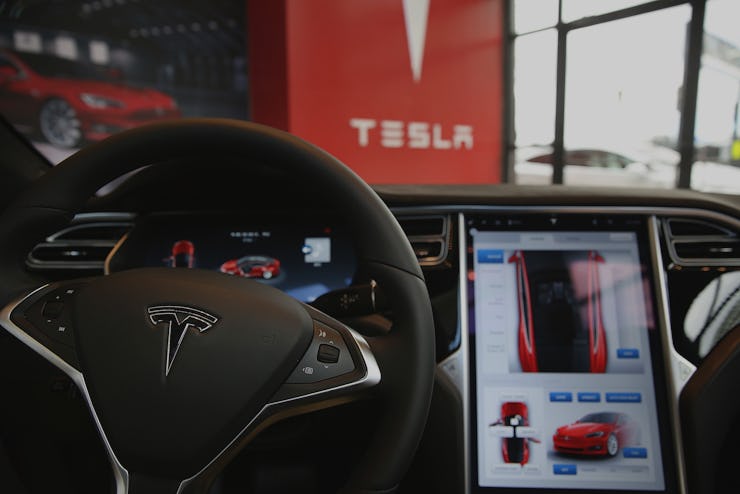How Many Americans Will Die in Car Wrecks in 2050? Zero

New statistics show traffic deaths in the United States are rising, proving that when it comes down to it, it’s not very safe to have a human being behind the wheel. Fortunately, self-driving technology could make cars safer and more efficient, and decrease automobile fatalities.
In light of a 10.4 percent spike in traffic-related fatalities in the first six months of 2016, the U.S. Department of Transportation has launched a coalition to completely eliminate roadway fatalities within the next 30 years. The only way that can happen is if the majority of cars on the road by then are autonomous.
According to the DOT:
With the rapid introduction of automated vehicles and advanced technologies, the Department believes it is now increasingly likely that the vision of zero road deaths and serious injuries can be achieved in the next 30 years.
Says David Kim of the Federal Highway Administration: “Reaching zero deaths will be difficult, will take time and will require significant effort from all of us but it is the only acceptable vision.”
The announcement comes after the National Highway Traffic Safety Administration released new regulatory guidelines for driverless cars in late September.
The private sector, naturally, has been touting the safety benefits of its own cars for years. When he debuted his Tesla Model X in 2015, CEO Elon Musk talked about safety first. Perhaps he had Autopilot — the company’s driver-assist tech that would debut a month later — in mind.
In September of this year, Musk claimed that the Version 8 of Tesla’s Autopilot would be three times safer than human-driven cars. The new model will come equipped with radar processing that detects more than human vision and an Autosteer feature that will kick in if the system determines a crash is over 99.9 percent likely.
“If anyone bothered to do the math (obviously, you did not) they would realize that of the over 1M auto deaths per year worldwide, approximately half a million people would have been saved if the Tesla autopilot was universally available,” Musk wrote in an email to Fortune in July.
Eliminating Human Error
Autonomous cars would eliminate human error, which is the critical cause in an estimated 94 percent of crashes, but it’s possible that self-driving cars could simply shift the cause towards engineering failure. In the past year, there has been one Autopilot-related death. In 2015 the state of California released a report stating that all six of the accidents involving Google’s self-driving cars were caused by human-driven cars.
While the numbers reported on Wednesday only represent preliminary findings, if trends continue through the rest of the year 2016 will have seen the largest spike in traffic deaths since the 1960s. Between January and June there were a reported 18,000 deaths, which is over half of 2015’s total.
In a September op-ed, President Obama expressed optimism for the future of self-driving cars, but also warned that “If a self-driving car isn’t safe, we have the authority to pull it off the road. We won’t hesitate to protect the American public’s safety.”
Given increased government acceptance, laws and regulations around the technology still vary widely between states. Hopefully a recent uptick in interest from the Department of Transportation will expedite effective national regulations.